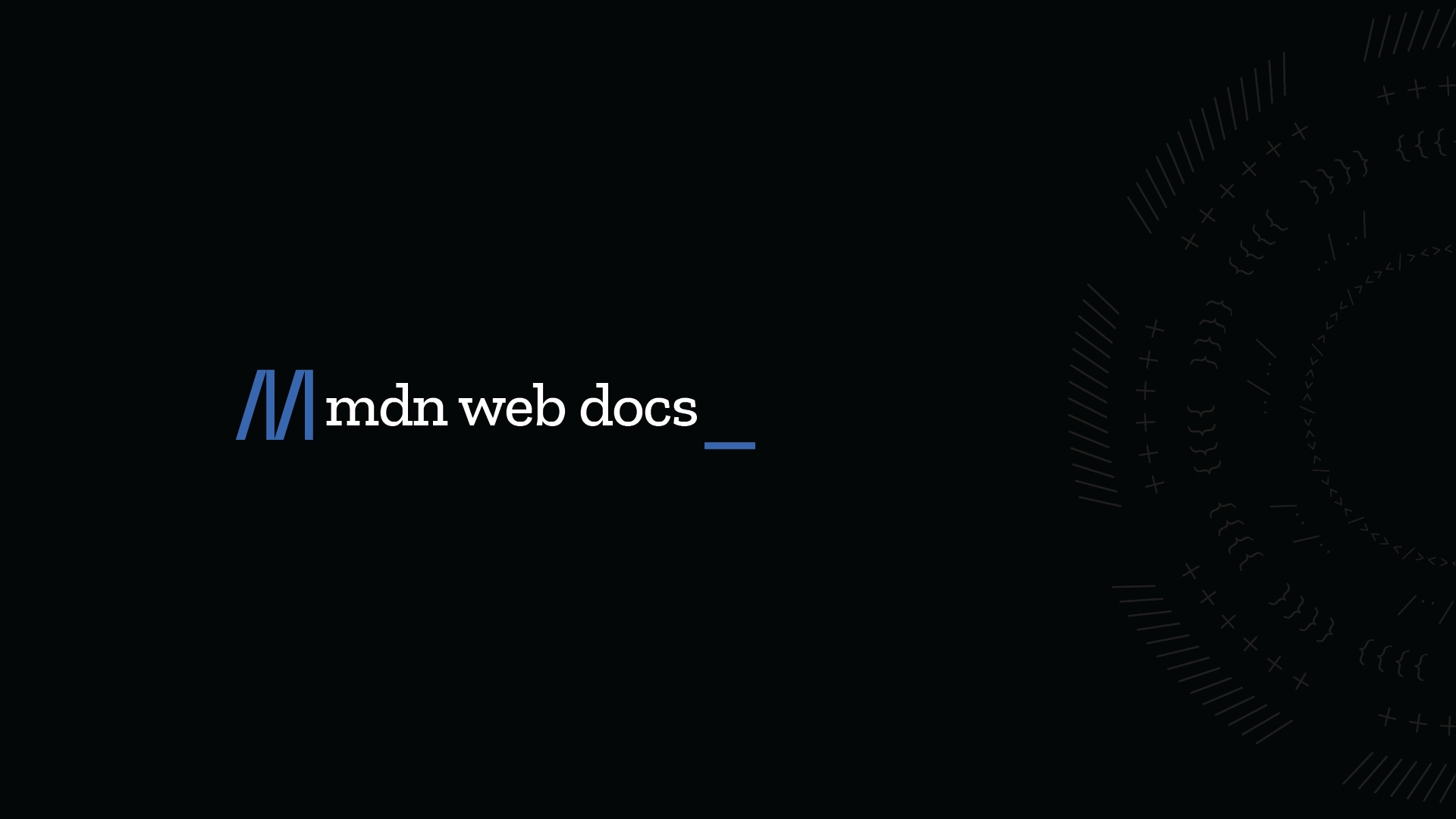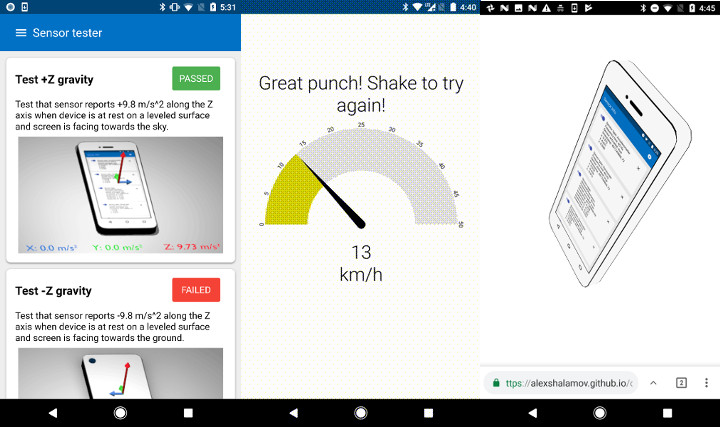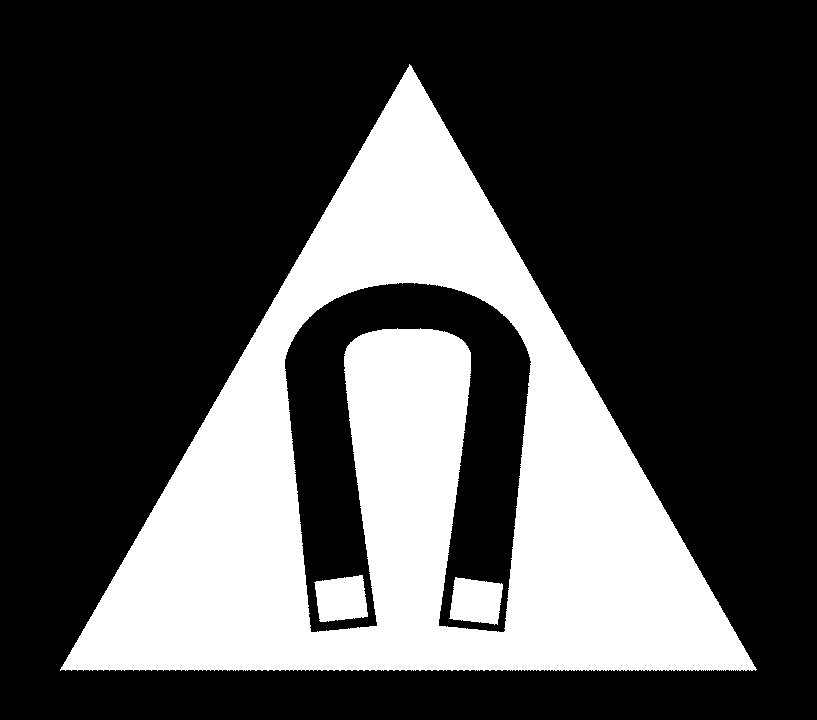Decoding Highland Heights, Kentucky Zoning: A Resident's Guide
Navigating zoning ordinances can feel like deciphering a secret code. This guide simplifies the official Zoning Ordinance of Highland Heights, Kentucky, making it easy to understand how it affects your property and community. We'll break down key sections, define common terms, and highlight important regulations – all without the legal jargon.
Understanding Zoning: A Foundation for Our Community
Zoning regulations are in place to ensure the safety, health, and overall well-being of Highland Heights residents. They guide development, prevent overcrowding, and protect essential resources. Here's a quick overview:
- Authority & Purpose: Established under Kentucky Revised Statutes, the ordinance aims to promote public health, safety, and welfare, ensuring orderly development and preserving the city's character.
- Short Title: Officially known as the "OFFICIAL ZONING ORDINANCE OF THE CITY OF HIGHLAND HEIGHTS."
- Interpretation: The ordinance sets minimum requirements; stricter rules always take precedence.
- Conflict: This ordinance supersedes any conflicting regulations.
- Severability Clause: If any part of the ordinance is deemed invalid, the remaining sections still apply.
Key Definitions: Unlocking the Language of Zoning
To effectively navigate the ordinance, it's crucial to understand the specific definitions used. Here are some of the most common:
- Accessory Building or Use Customary: A subordinate structure or activity that supports the main building or use on a property. It must be smaller in scale and contribute to the comfort or necessity of the occupants.
- Agriculture: Land use for farming, dairying, horticulture, and related activities, including accessory uses for processing produce.
- Air Rights: Ownership or control of the space above a property, crucial for development considerations.
- Apartment: A self-contained living unit within a larger building, intended for permanent residence.
General Regulations: Rules That Apply Citywide
These regulations impact various aspects of property use and development throughout Highland Heights.
- Building Site Area: Regulations address any reduction in allowed building site area.
- Traffic Signals: Ensures development doesn't interfere with traffic signals.
- Vision Clearance: Maintaining clear visibility at corners and railroad crossings is a priority.
- Utilities Location: Guidelines for the appropriate placement of utilities.
- Excavation & Erosion Control: Regulations to manage soil movement, tree removal, and prevent erosion.
- Unsightliness: Prohibits unsightly or unsanitary storage.
- Home Occupations: Defines and regulates businesses operated from residential properties.
- Nonconforming Uses: Addresses properties that don't meet current zoning regulations due to changes over time.
- Conditional Uses: Specifies uses that require special approval due to their potential impact.
Zone Regulations: Tailored Rules for Specific Areas
Highland Heights is divided into different zones, each with specific regulations governing land use and development. Here's a glimpse into some of the zone types:
- C-O (Conservation) Zone: Focuses on preserving natural resources and open spaces.
- Residential Zones (R-RE, R-1B, R-1C, etc.): A range of residential zones with varying density and lot size requirements.
- PUD (Planned Unit Development) Overlay Zone: Allows for flexible development plans with mixed land uses.
- SC (Shopping Center) Zone: Designed for large-scale retail developments.
- NSC (Neighborhood Shopping Center) Zone: Caters to smaller, community-focused retail needs.
- GC (General Commercial) Zone: Accommodates a wide range of commercial activities.
- I (Industrial) Zone: Reserved for industrial uses.
Fences, Walls, and Obstructions to View: What You Need to Know
Regulations govern the construction and maintenance of fences and walls to ensure safety and aesthetic consistency.
- Vision Clearance: Maintaining clear sight lines at intersections and railroad crossings is crucial.
- Fence Height: Height restrictions vary depending on the zone.
- Permits: A permit is generally required for fence construction.
- Maintenance: Dilapidated fences must be repaired or removed.
Parking & Loading: Ensuring Adequate Space
These regulations ensure that businesses and developments provide sufficient off-street parking and loading areas.
- General Requirements: Specifies the number of parking spaces required based on the type of land use.
- Loading Zones: Requirements for designated loading and unloading areas for commercial properties.
Sign Regulations: Balancing Visibility and Aesthetics
These rules govern the size, type, and placement of signs to maintain visual appeal and prevent distractions.
- Permit Required: A permit is generally needed before erecting a sign.
- Sign Classification: Different types of signs are classified and regulated accordingly.
- Location Restrictions: Rules dictate where signs can be placed on a property.
Administration: Who Enforces the Rules?
The zoning ordinance is enforced by designated officials who handle permits, inspections, and violations.
- Enforcing Officer: Responsible for interpreting and enforcing the ordinance.
- Zoning Permits: Required for new construction, alterations, and certain changes in land use.
- Certificate of Occupancy: Ensures that a building meets all zoning requirements before it can be occupied.
- Penalties: Fines and other penalties may be imposed for violations.
Amendment Procedure: How the Ordinance Changes
The zoning ordinance can be amended to adapt to changing community needs and development patterns. The process involves public hearings, review by the Planning Commission, and approval by the City Council.
Board of Adjustment: Seeking Relief from Regulations
The Board of Adjustment provides a process for property owners to appeal zoning decisions or request variances from specific regulations.
- Appeals: Property owners can appeal interpretations of the ordinance or denials of permits.
- Variances: The Board can grant variances to allow deviations from zoning regulations in certain circumstances.
- Conditional Use Permits: The Board reviews and approves conditional use permits for uses that require special consideration.
Fees, Charges, and Expenses: The Cost of Compliance
The city charges fees for various zoning-related services, such as permit applications and appeals. A schedule of fees is available in the ordinance.
Conclusion: Your Guide to Navigating Highland Heights Zoning
This guide provides a simplified overview of the Highland Heights Zoning Ordinance. For detailed information, please refer to the official document. Understanding these regulations empowers you to be an informed resident and contribute to the responsible development of our community. Remember to consult with city officials or qualified professionals for specific guidance on your property or project.












